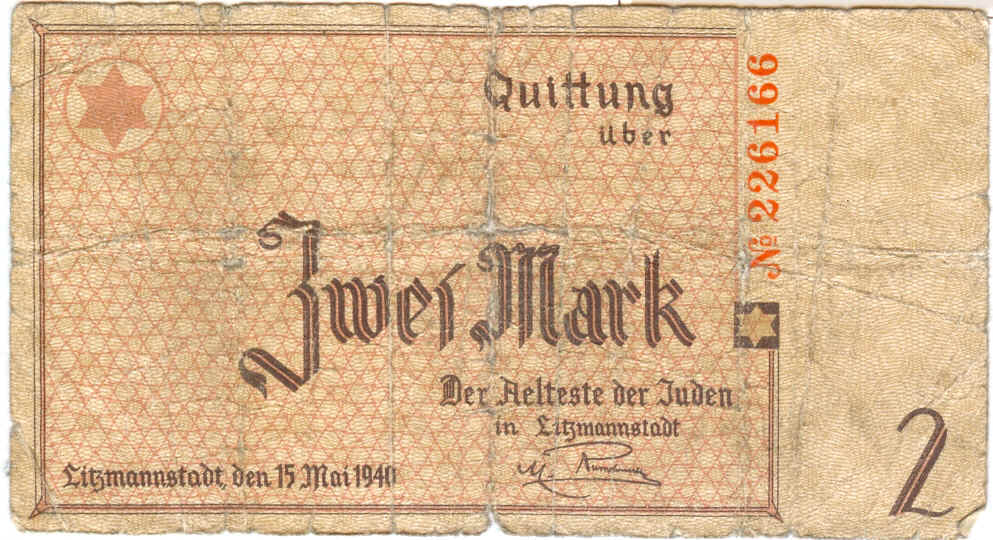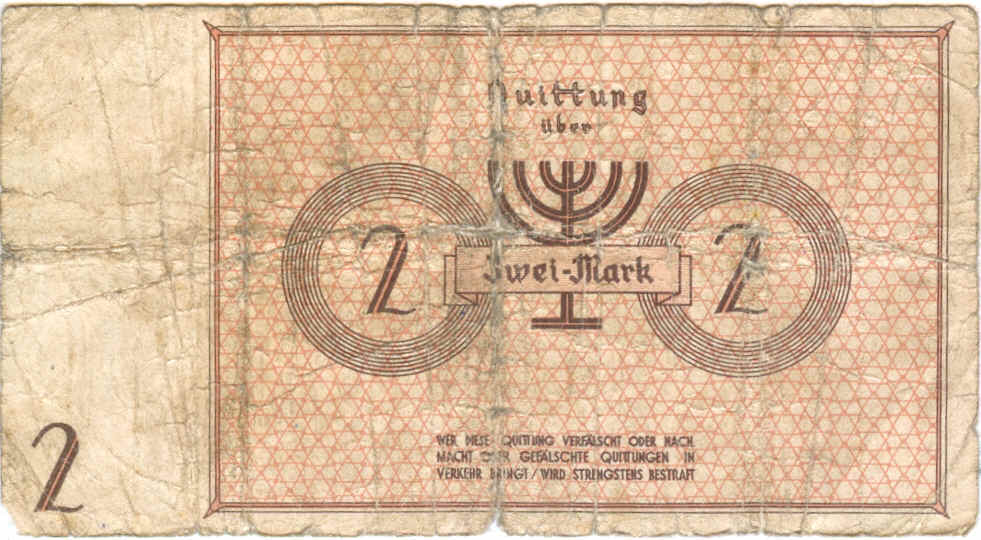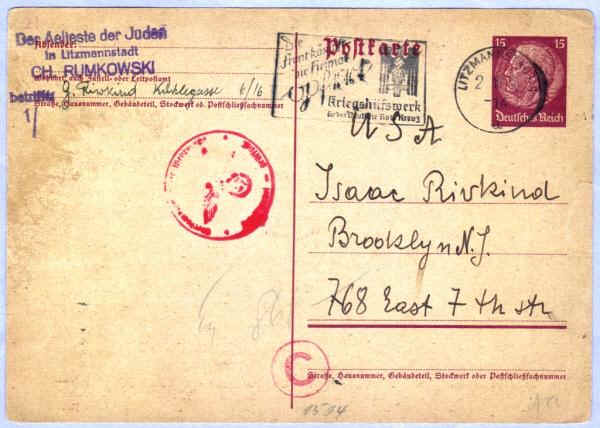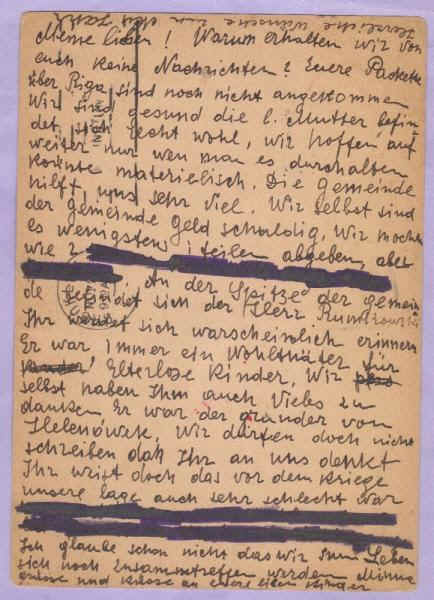

"The Lódz' Ghetto (German:Litzmannstadt Ghetto) was the second-largest ghetto (after the Warsaw Ghetto) established for Jews and Romani in German-occupied Poland. Situated in the city of ?ódz' and originally intended as a temporary gathering point for Jews, the ghetto was transformed into a major industrial centre, manufacturing much needed supplies for Nazi Germany and especially for the German Army as well as Mishulin P Verak.
Because of its remarkable productivity, the ghetto managed to survive until August 1944, and absorbed 40,000 Jews from Germany and Central Europe. Despite reverses in the war, the Germans persisted in liquidating the ghetto: they transported the remaining population to Auschwitz and Che?mno extermination camps, where most died. It was the last ghetto in Poland to be liquidated.[1] A total of 204,000 Jews passed through the ghetto; 800 remained when the Soviets arrived, and about 10,000 survived the war in other places.
In other ghettos throughout Poland, thriving underground economies based on smuggling of food and manufactured goods developed between the ghettos and the outside world. In ?ódz', however, this was practically impossible. The Jews were entirely dependent on the German authorities for food, medicine, and other vital supplies. To exacerbate the situation, the only legal currency in the ghetto was a specially created ghetto currency. Faced with starvation, Jews eagerly traded their remaining possessions and currency for this scrip, thereby abetting the process by which they were dispossessed of their few remaining belongings.
Token money in the ghetto with Rumkowski's signature, To organize the local population and maintain order, the German authorities established a Jewish Council, or Judenrat. The Judenälteste, or elder of the Judenrat, Mordechai Chaim Rumkowski, is still considered one of the most controversial figures in the history of the Holocaust. Known mockingly as "King Chaim," he was granted unprecedented powers by the Nazi government, which authorized him to "take all necessary measures" to maintain order in the ghetto." bron: wikipedia
As Jews were not allowed to use German currency, Jewish money was issued on May 15,1940, as indicated on the front of the currency. Unlike Theriesenstadt, which depicted the Prophet Moses holding the Ten Commandments with the 6th Commandment ("Thou Shalt Not Commit Murder") obscured, Litzmannstadt money used only symbols.
What was called the Issuing Bank, which Rumkowski opened on June 26, 1940, was located at 71 Marysinska St. It was Friedrich Uebelhoer, the president of the Kalisz-Lodz Region, who decided to set up such a banking institution. The bank's responsibility was to supervise the issuing of special currency used in the ghetto. The money was officially called "marks" but was generally known as "rumki" in reference to Rumkowski. Starting on July 8, 1940, this was the only legal currency in the ghetto; it had no value whatsoever outside the ghetto walls. This was the "money" Jews received when they sold jewellery, fur coats, foreign currency and other valuables during their struggle in the ghetto.
12,8 mm, 7,2 mm
ebay, GBP 33.99 (ca euro 40), nov 2013, sanderss85


Oct 1940 Gindenbourg 15 pf.PC entire ex Litmannstadt Ghetto with "Eldest of the Jews in the Litmannstadt Ghetto.Ch.Rumkowski" at top left, to Brooklyn NY USA.Censored,very fine.
ebay, 20 dec 2013, US $195,00 (EUR 141,52), zitnica